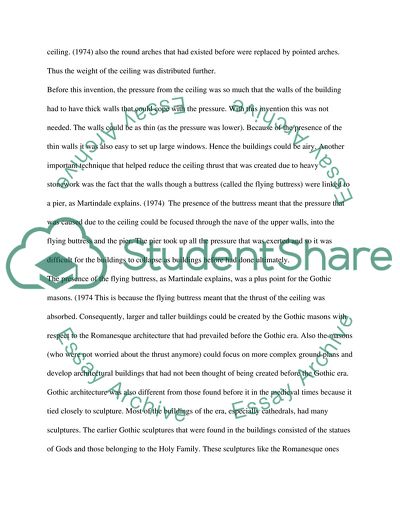Cite this document
(Analysis of the European Culture Found in the Gothic Era Essay - 3, n.d.)
Analysis of the European Culture Found in the Gothic Era Essay - 3. https://studentshare.org/history/1736093-art-history
Analysis of the European Culture Found in the Gothic Era Essay - 3. https://studentshare.org/history/1736093-art-history
(Analysis of the European Culture Found in the Gothic Era Essay - 3)
Analysis of the European Culture Found in the Gothic Era Essay - 3. https://studentshare.org/history/1736093-art-history.
Analysis of the European Culture Found in the Gothic Era Essay - 3. https://studentshare.org/history/1736093-art-history.
“Analysis of the European Culture Found in the Gothic Era Essay - 3”. https://studentshare.org/history/1736093-art-history.


